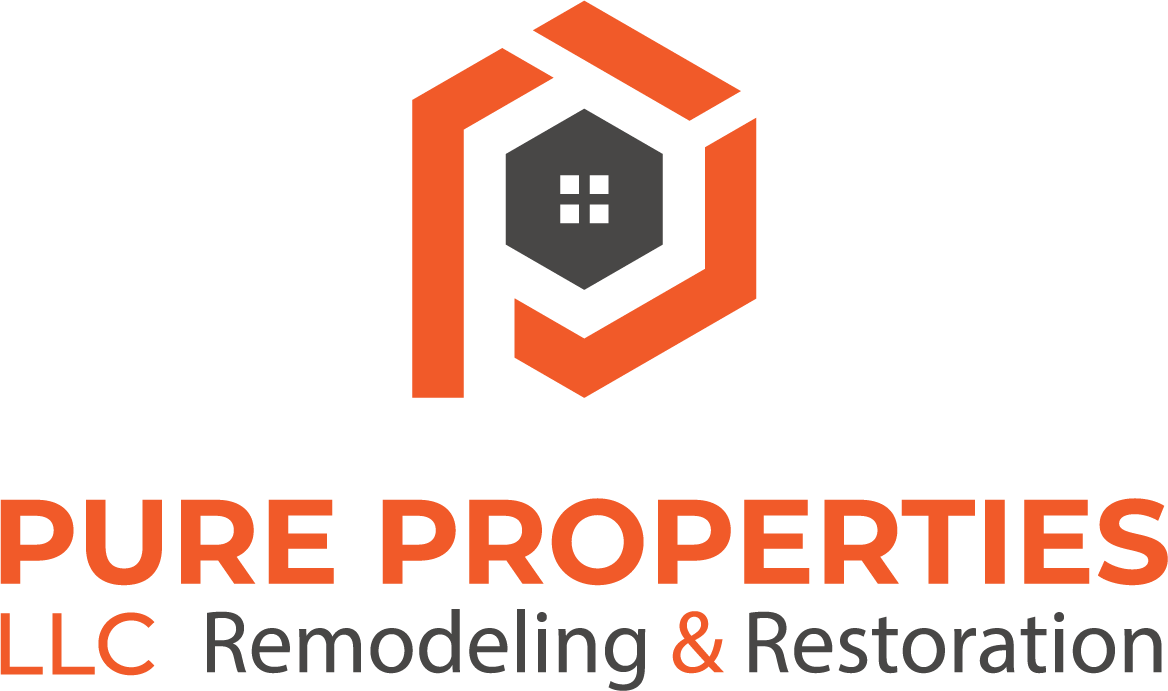Mold abatement is the process of removing and preventing the growth of mold in a building. It is important to address mold growth as soon as it is detected, as it can cause damage to the building structure, as well as health problems for the inhabitants. Here are some techniques that professional mold abatement companies typically use to remove and prevent mold growth:
Inspection and testing: A professional mold inspector will conduct an inspection of the building to identify the type and extent of the mold problem, and take samples to test the type of mold present.
Containment: To prevent the spread of mold spores during the abatement process, the affected area is sealed off using plastic sheeting and negative air pressure is established.
Removal: Mold is removed using specialized equipment such as HEPA vacuums and biocide solutions. Damaged materials such as drywall, insulation, and carpeting may also be removed.
Cleaning and sanitizing: All surfaces in the affected area are cleaned and sanitized to remove any remaining mold spores.
Drying: The area is dried using specialized equipment such as dehumidifiers and air movers to ensure that all moisture is removed.
Repairs and reconstruction: Damaged materials are repaired or replaced, and the area is restored to its pre-loss condition.
Air purification: An air purification system is used to remove any remaining mold spores from the air.
Prevention: To prevent mold from returning, the cause of the moisture problem is addressed, and recommendations for proper ventilation, dehumidification, and other preventative measures are made.
It's important to note that mold abatement is a complex process that should only be performed by professionals with the appropriate training, equipment, and certifications. Improperly removing mold can cause the spores to spread, which can lead to further health problems and damage to the building structure.
